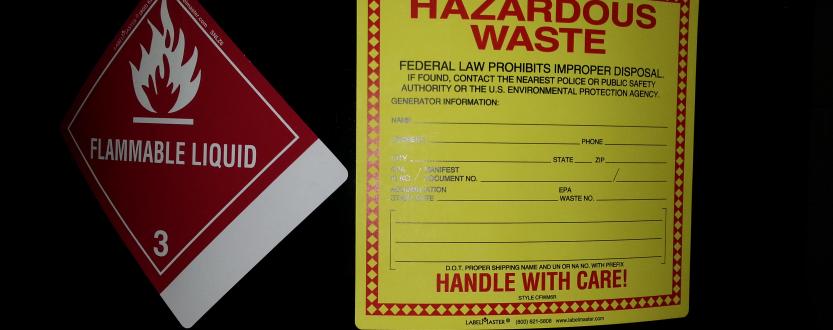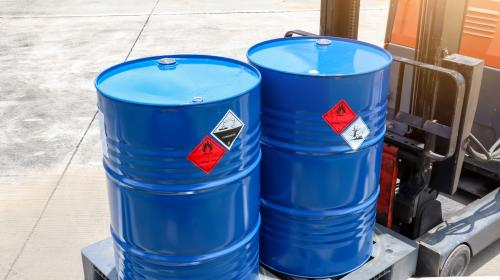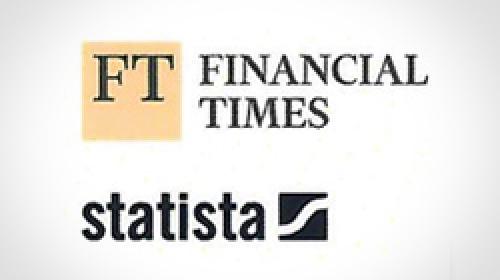Whatever product or service your company intends to produce — whether you operate a printing business, a mid-size painting operation or are a large consumer commodity manufacturing company — you may also generate something you may not have intended: hazardous waste. These solids, sludges, liquids, or gaseous materials have the potential to harm the environment or human health if they are thrown into landfills and disposed of improperly. In fact, companies built on sustainable recycling practices like Enviro-Safe Resource Recovery can go beyond disposal and turn hazardous wastes into renewable energy sources. Other examples include finding regulatory exclusions/exemptions that have excluded materials as a hazardous waste or finding secondary markets that may use your material as a raw material or product in another process. All of these are examples of cost effective sustainable programs that lower your bottom line and could constitute either recycling or reuse. But failing to understand what constitutes hazardous waste characterization at your company ultimately creates organizational inefficiencies and costly mistakes that may harm your business as well as employees and the environment. Because of the risks surrounding hazardous waste disposal, Congress passed the Resource Conservation and Recovery Act (RCRA) in 1976 giving the U.S. Environmental Protection Agency (EPA) the authority to regulate hazardous waste disposal. Today, companies that produce waste — considered “generators” — have a responsibility to understand and practice proper hazardous waste characterization, or risk facing fines and penalties which will lead to more frequent inspections, not to mention putting their employees’ health at risk.
Identification Process: What Is Hazardous Waste Characterization?
To help generators avoid errors, the EPA provides a four-step process for identifying hazardous waste. Identifying hazardous waste should be handled by an expert who’s very familiar with state and federal regulations, like the experts at Enviro-Safe:
- Determine whether the material is a solid waste. In order to have a hazardous waste classification, a material must be considered solid waste. Here, the terms can get a bit confusing, since a “solid waste” as defined by the EPA is not necessarily physically solid. Many solid wastes could be a liquid, sludge, or a gas. A “solid waste” is classified by the EPA as being either discarded by being abandoned, is military munition, is inherently waste-like, or is recycled in certain ways.
- Determine whether the waste is excluded from solid waste regulation. The EPA excludes some solid wastes — like certain types of solvent-contaminated wipes or gasoline for example — because of policies, for economic reasons, or simply a lack of research about the waste’s effects.
- Classify wastes as a “listed waste” or “characteristic waste”. There are over 500 “listed wastes” that are known to cause harm to humans and the environment, some of which are labeled “acutely hazardous wastes” since they are known to be lethal to humans. “Characteristic wastes” are considered hazardous if they are ignitable, corrosive, reactive, or toxic.
- If the waste is a “listed waste,” the generator may decide to petition to delist. The EPA or another regulatory agency reviews petitions to determine whether or not the material should remain listed as hazardous waste.
Though this four-step plan may seem simple, the process of identifying hazardous waste (not to mention removing them from your facility) is often, as the EPA states, “complex.” In fact, it can be downright complicated. Determining whether or not your business is a generator of hazardous waste requires expertise in: identifying hazardous materials your company is purchasing or what’s being manufactured; interpreting safety data sheets (SDSs); safe handling techniques; and more. If your company does not have the expertise in hazardous waste characterization identification or disposal, you may be taking unnecessary regulatory risks with your business’s compliance, safety, efficiency, and bottom line. Working with a leader in hazardous waste characterization, disposal, and resource recovery like Enviro-Safe helps save the environment and your business from the consequences of improper hazardous waste removal.
Learn more about our services today.



